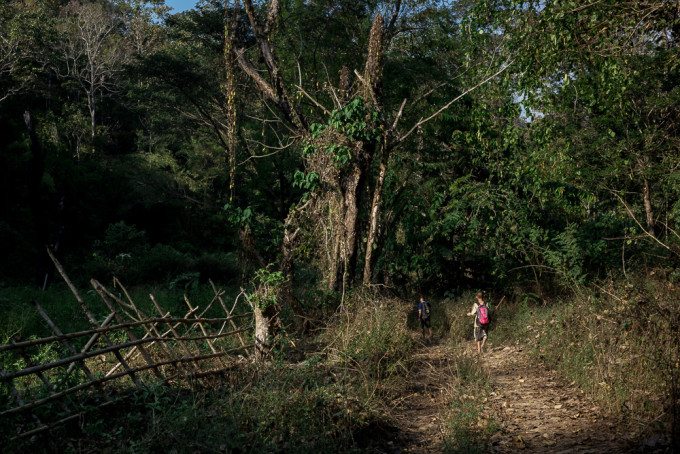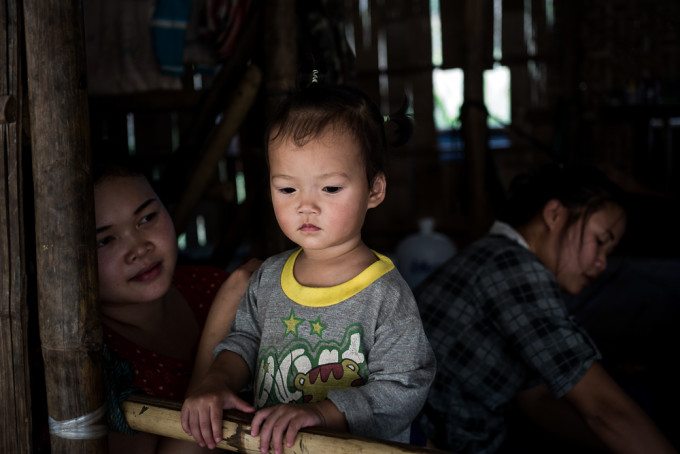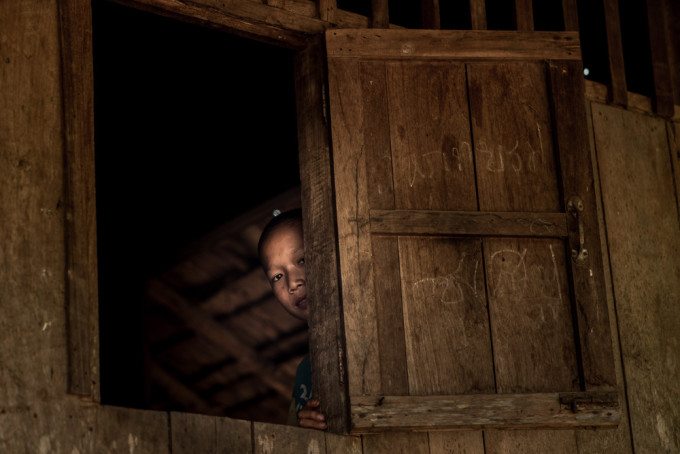Last Updated on 07/13/2015 by Chris Gampat
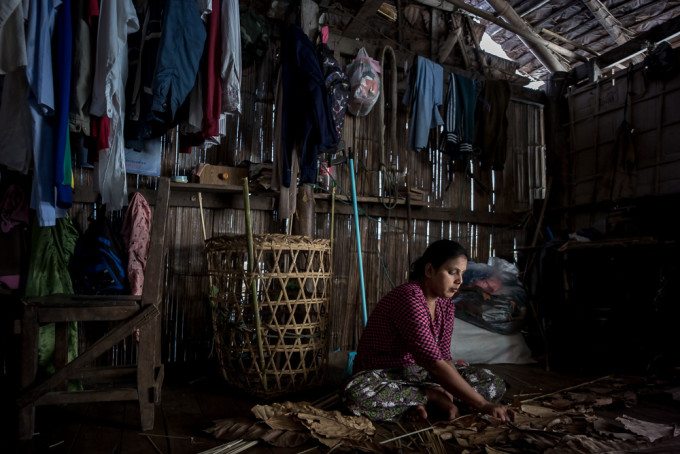
All images by Karl Grenet. Used with permission.
Photographer Karl Grenet is an Australian documentary and street photographer with a deep love of traveling to remote areas, especially in Asia. He’s a late starter and picked up a camera at 27. Soon afterward, he realized that what he wanted to do was tell stories with his camera instead of trying to captivate a person with a landscape. This year, he was a Sony World Photography Awards winner. Part of this spurred him to travel to Thailand and do a project on sex workers. In Thailand, it’s common for a family to sell their children into the work because it can bring in income for the family.
“For the past year, I have been based in Chiang Mai, Northwestern Thailand, focusing my time on a range of projects throughout Southeast Asia and in India.” says Karl. We talked to him about getting access for a story like this and his intentions with the project.
Phoblographer: Talk to us about how you first got into photography.
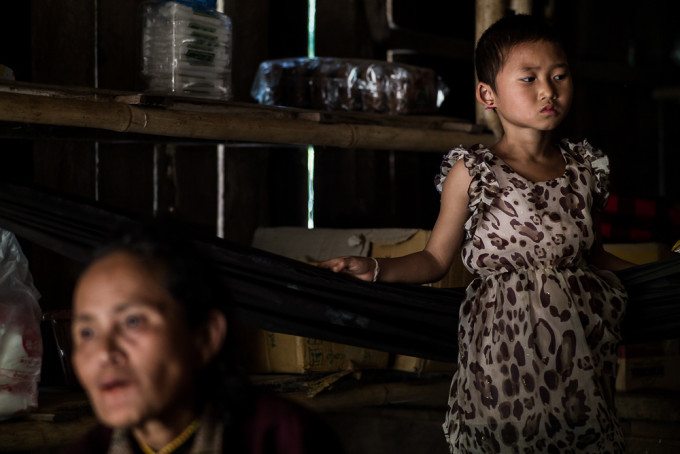
Karl: I only started taking photos at the relatively late age of 27, when my friend was buying a new camera and offered to sell me his old one.
My first few years followed the same pattern as many photographers – I experimented with landscapes, portraits, events and various other genres of photography. I even shot a number of weddings and was looking at building a business around wedding photography, but was slowly drawn more towards documentary photography.
Phoblographer: What made you want to get into documentary work?
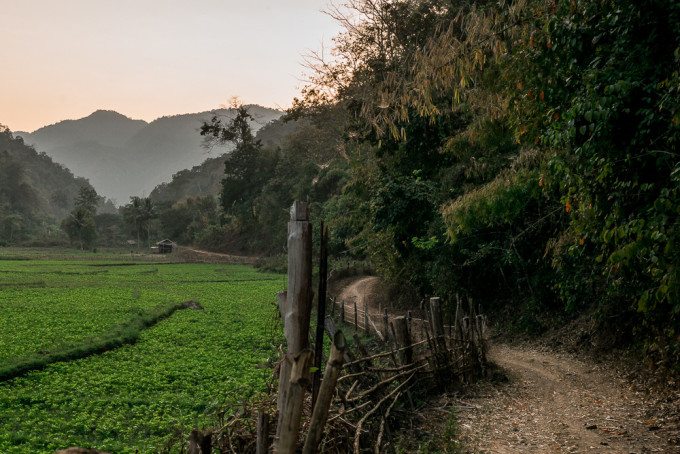
Karl: As my photography developed, I realized that a common theme throughout my work was the desire to tell other people’s stories. Over time, I was less and less interested in conceptual images, landscapes and portraits, and I found myself drawn to using photography as a medium for visual storytelling.
I became greatly interested in street photography and found myself shooting in that genre and style more and more. After a while, single image street photography also wasn’t enough for me and I found myself drawn to shooting documentary projects about people, cultures and situations that interested me.
The idea that I can use my photography to give a voice to people or raise awareness about an issue gives me a great amount of personal satisfaction and keeps me going even in those tough times that I think every photographer experiences when “everything I shoot is terrible!”
Phoblographer: Some of the best documentary photography is all based on trust. How did you go about gaining the trust of these people that you were photographing?
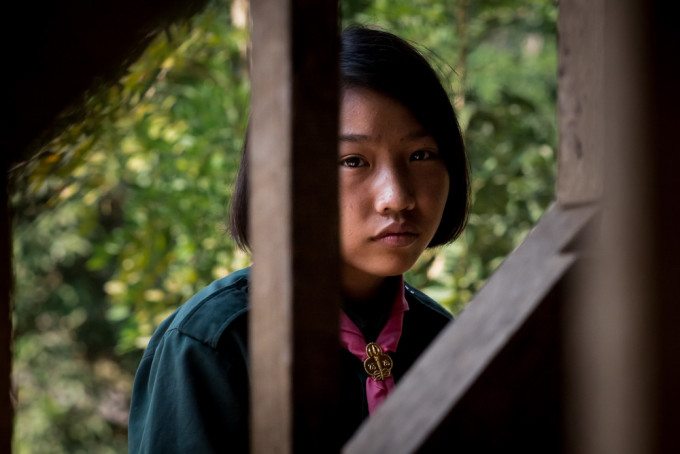
Karl: The majority of my work was conducted alongside the Children’s Organization of Southeast Asia (COSA), an NGO which until recently worked against sex trafficking in Northern Thailand.
The COSA staff with whom I visited these remote areas had local contacts in each village who were able to translate for us and who were known to the families in these villages. This allowed us to gain access to homes, schools and situations that I would not have been able (or likely even aware of) if I were on my own.
This really emphasizes the importance of having a local guide, translator or general fixer when working on documentary projects in areas where you do not speak the language or are not aware of the local customs.
Phoblographer: In your description of the project, it seems like Thailand’s families are perfectly alright with sex trafficking of their children because of the income. Is that correct? How many people over there seem to be against it?
Karl: The communities I have worked in so far include both remote Thai villages and displacement camps made up of refugees from Myanmar (including Karen, Kachin, Shan, Uah, and Rohingya ethnic groups).
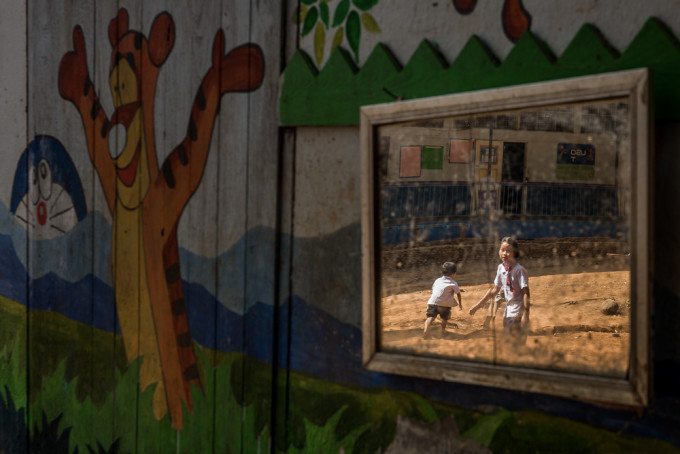
As a result of their non-Thai status and restrictions to their ability to work or even leave the displacement camp, these communities experience significant challenges earning an income or gaining access to education or healthcare services. Accordingly, daughters in these communities are often viewed as a commodity to the family – a means to earn an income where opportunities otherwise do not exist.
While I would not go so far as to say that these families are perfectly alright with trafficking their children into prostitution, the income that a family can make by selling their daughter to a trafficker can be as much as 5 years of income (approximately 30,000 Baht, or $1,000).
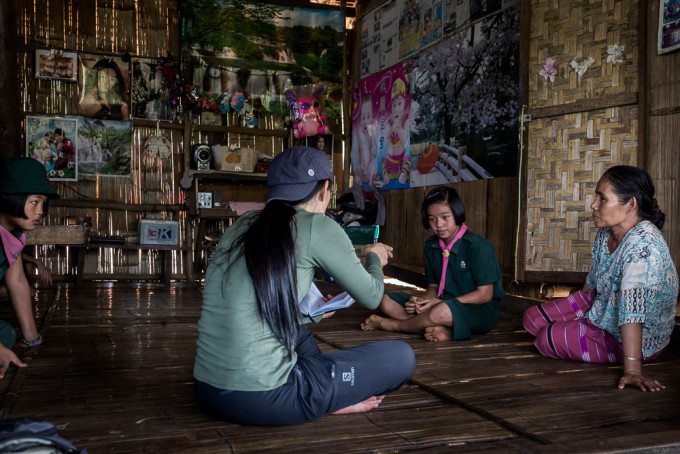
As the needs of the family are seen as greater than the needs of an individual, in many cases this is purely a business decision by the family. In addition, the girls themselves have such a strong sense of obligation to their families, that the houses in which they are kept by the traffickers are often unguarded and not locked, allowing the girls to come and go as they please. However, the girls do not leave these houses and their life, as this would cause their family to lose face and lose income.
Phoblographer: Did you talk to people that were sex slaves? What were their accounts of the conditions and work like?
Karl: I have not yet been able to talk to girls who are or have been sex slaves. As there is less stigma around prostitution in Thailand than in the West, the girls in most cases do not want to draw undue attention to their situation, as that may impact their ability to earn money to send back to their families.
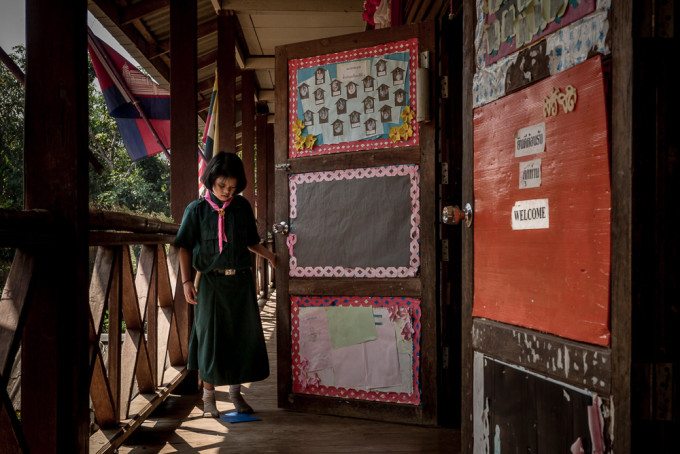
I have met with and spoken to a number of girls who were intercepted by COSA before they had been trafficked. In these cases, the girls had been assessed as being at risk of being trafficked, but had not yet been taken out of their villages.
Phoblographer: Were there any points during this project that you felt like you were in danger? What was that like?
Karl: There were several moments during the project where I felt uneasy, but I never truly felt in danger. Through contacts with Mae Hong Son police, I was able to witness a police raid of a bar where it was suspected that underage girls were working, but I knew that the police would not put me in a situation where I was actually in danger.
One of the areas in which I was photographing was on an extremely remote trail which linked several villages in the Salawin National Park. This trail was used by criminals to traffic not just people, but also drugs and weapons. We were warned by the Thai army that the trail was not safe after dark, but that it should be OK during the day, and we did not experience any problems in that area while we were there.
Phoblographer: You’ve been working on this project for a while. Do you stay with different families each time? How has each experience been different?
Karl: When I visited these villages, I mostly stayed either at COSA’s local house, or in a nearby Thai army camp. The majority of the families I have visited in these villages have only a single room house, and I did not want to impose on their already cramped space!
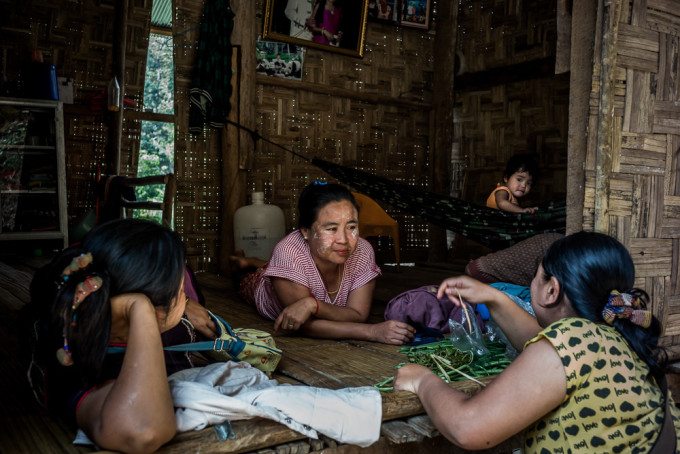
Phoblographer: So far, you’ve been covering the perspective from the rural villages. But do you ever plan on visiting the places where these kids are kept?
Karl: My initial work has focused on the ‘supply’ side of the sex trafficking issue – where the girls have come from and some of the issues that lead them to be trafficked.
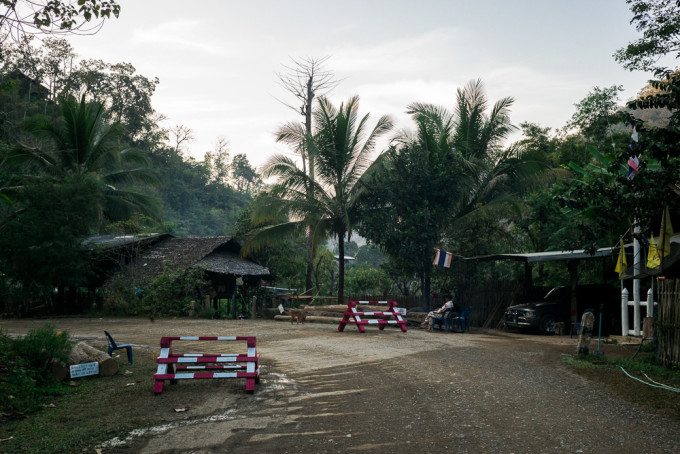
I think that if more can be done to address the root causes of sex trafficking – specifically, issues with statelessness, poverty, education and social issues such as alcoholism and gambling – then this will reduce the desperation from families and hopefully also the incidence of trafficking as a result.
However, I do intend to expand my work to look more at the ‘demand’ side of sex trafficking – where the girls are taken and the environments in which they work.
In order for there to be substantial and lasting change, both the supply and the demand need to be addressed, and there needs to be significant regulatory, social and cultural change on many levels for the situation to improve. In addition, although prostitution is illegal in Thailand, authorities often turn a blind eye due to corruption, bribery and even in some cases a view that at least this is keeping money going into the economy.
Phoblographer: What are your intentions with this project?
Karl: I have been working to make contact with people who have previously been trafficked, which is quite difficult and takes some time. I plan on expanding this project to include not just trafficked girls, but also to cover the circumstances in Thailand’s cities which fuel the demand for trafficked girls, such as demand fueled by sex tourism.
My end goal with this project is to produce a body of work to be published, with the ultimate aim of raising awareness of this issue around the world, which will hopefully assist the many people and NGOs working against sex trafficking to affect real change in the region.
